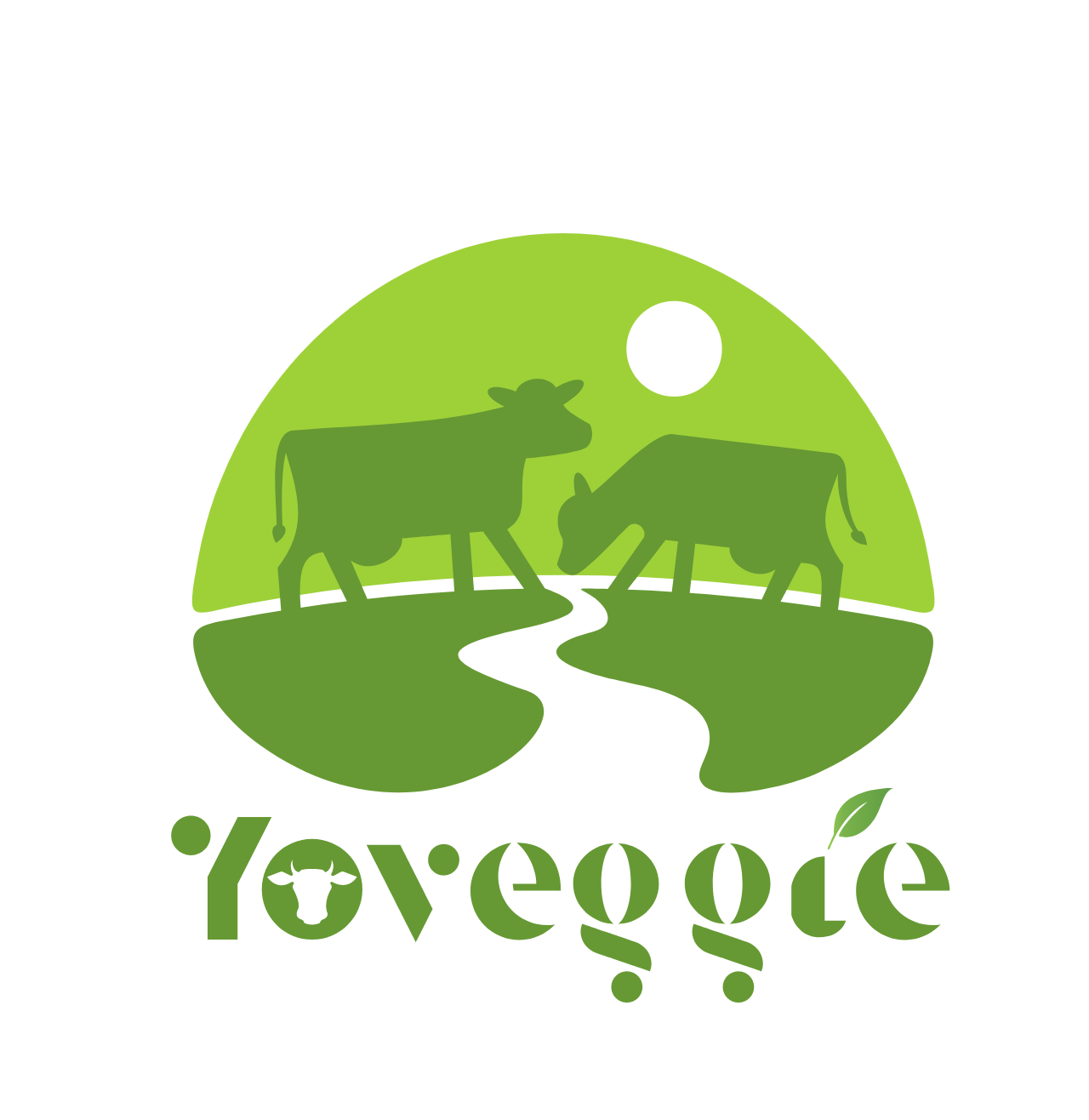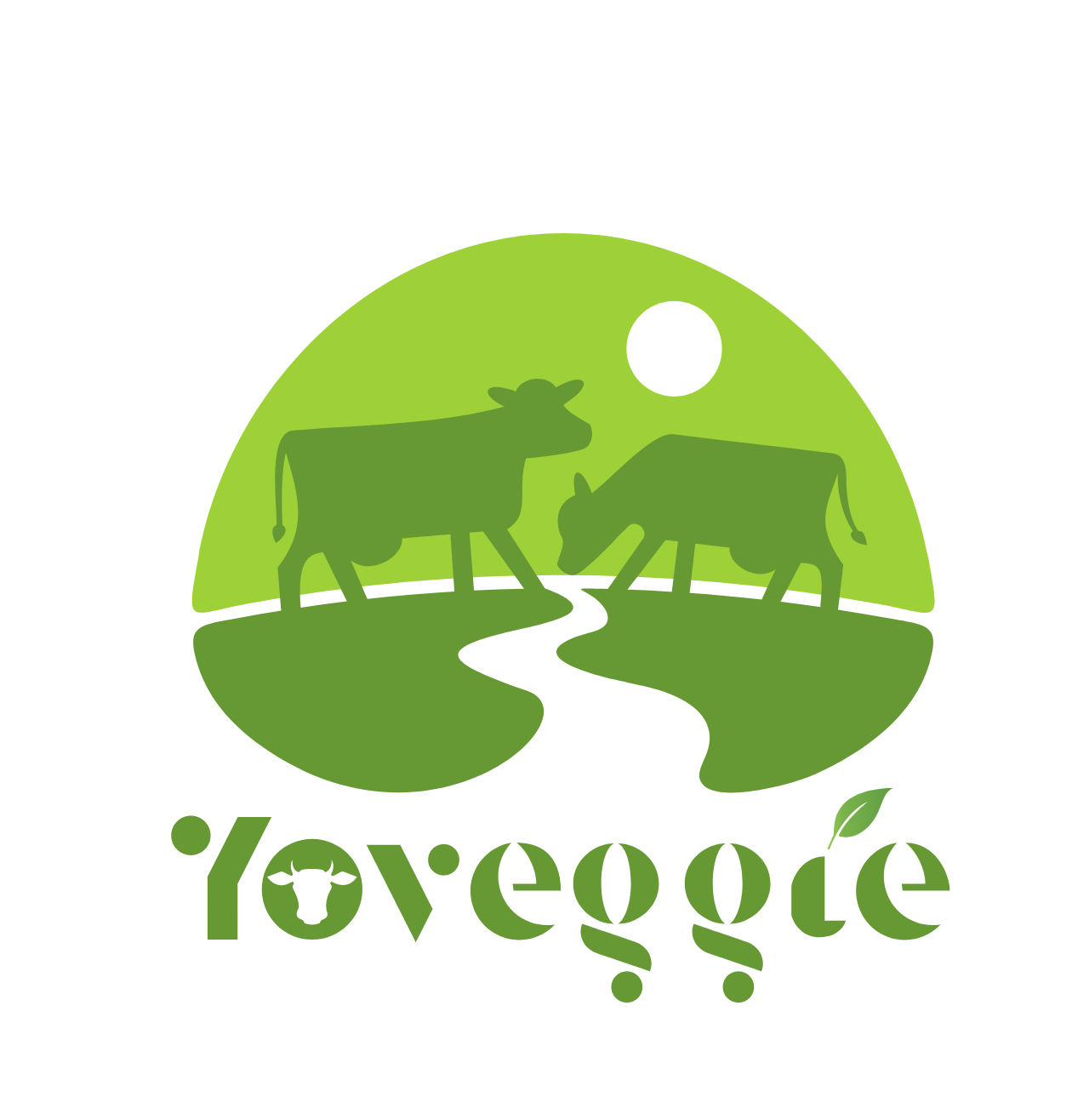originating from countries in Western Asia and the Middle East. The word yogurt is believed to be derived from the Turkish word “yoğurmak,” which means to thicken, coagulate, or curdle. [1] Historical accounts describe nomadic herdsmen carrying milk in pouches made of animal skins. Naturally occurring enzymes in the pouches that were carried close to the body produced enough body heat to ferment the milk, producing an edible food that lasted longer than thus the introduction of yogurt!
Yogurt is made when heated milk is combined with bacteria, specifically Lactobacillus bulgaricus and Streptococcus thermophilus, and left to sit for several hours at a warm temperature (110-115°F). Additional types of lactobacilli and bifidobacteria may be added. The bacteria convert the sugar in milk, called lactose, to lactic acid, which thickens the milk and develops its distinctive tart flavor.
References to yogurt and health date back to 6000 BCE, as seen in Indian Ayurvedic medicinal texts. In the 1900s, the Bulgarian microbiologist Stamen Grigorov discovered Lactobacillus bulgaricus bacillus, a strain of the bacillus bacteria not naturally found in the human gut that caused the fermentation of yogurt. He also researched the specific health effects of lactic acid.
Today, yogurt can be found in a variety of forms—including plain, but often with added fruit or sweeteners. Thickeners and stabilizers such as gelatin and pectins may also be added for a thicker texture and richer taste.
Individuals with lactose intolerance who cannot tolerate may be able to eat some yogurt because of its lower concentration of lactose. Fermentation by the bacteria breaks down lactose to lactic acid. Another option may be plant-based yogurts, which do not contain lactose.





